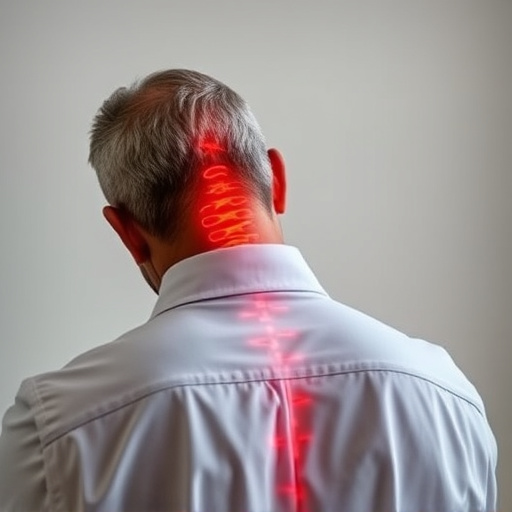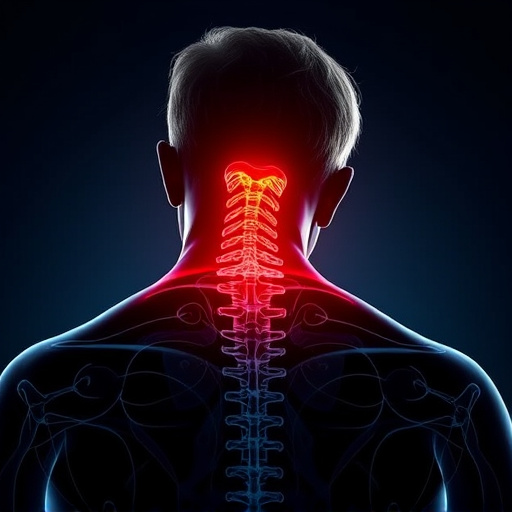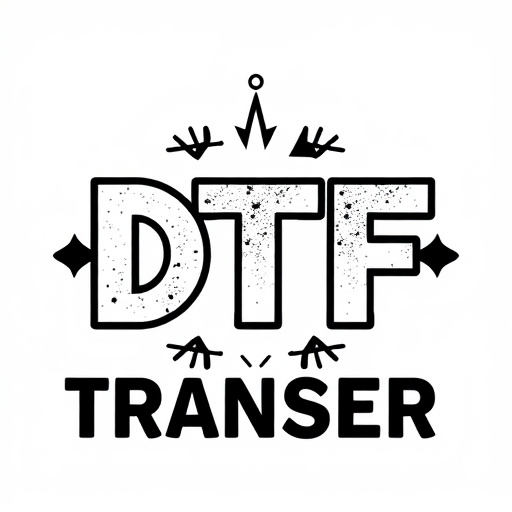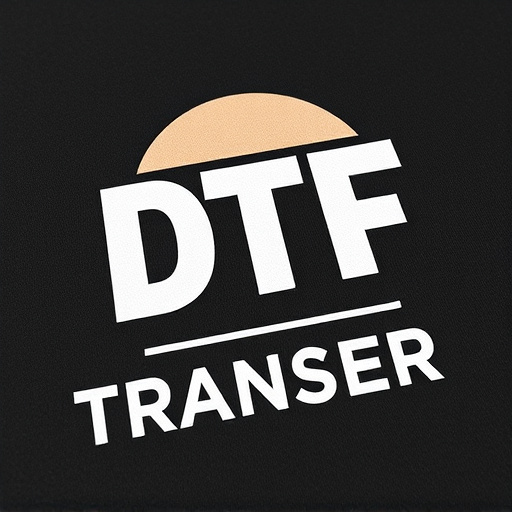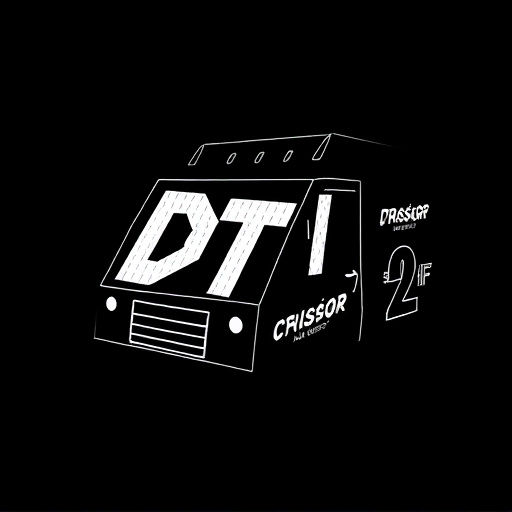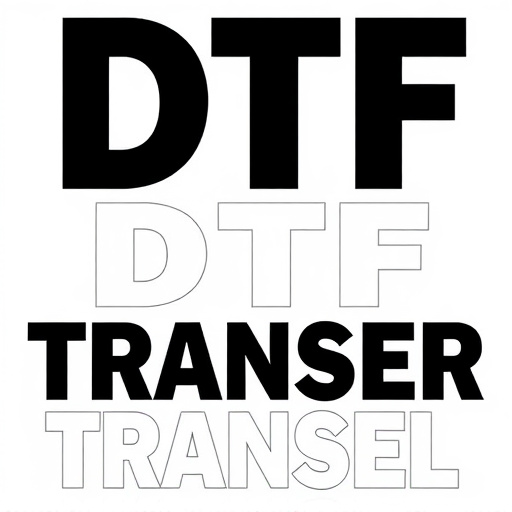Direct-to-film (DTF) transfer technology has revolutionized printing by enabling high-quality prints on non-fabric surfaces like metal, glass, wood, and plastic. DTF offers versatile, durable solutions for businesses across sectors to enhance branding, create captivating displays, and produce personalized products with exceptional visual impact. This technique involves applying ink directly to materials using heat and pressure, ensuring precise detail reproduction and vibrant colors. DTF's longevity and efficient production times make it an attractive option for diverse applications from automotive interiors to phone cases. Choosing the right adhesive is crucial, considering surface compatibility, bond strength, and print quality. Best practices include proper cleaning, registration, and temperature control for optimal adhesion and high-quality DTF prints.
“Unleash the potential of direct-to-film (DTF) technology with adhesive DTF products, transforming non-fabric surfaces into vibrant canvases. This innovative approach, known as DTF Transfer, offers a game-changing solution for printers seeking to expand their services. From enhancing signs and packaging to customizing automotive parts, DTF prints deliver high-quality, long-lasting results.
Explore the benefits, applications, and intricacies of this process, including choosing the right adhesive, best practices, and troubleshooting tips, revolutionizing your printing capabilities with DTF Transfer.”
- Understanding DTF Transfer: A Revolution in Direct-to-Film Printing
- Advantages of Using Adhesive DTF Products for Non-Fabric Surfaces
- Suitable Applications: Where DTF Prints Shine Beyond Fabrics
- The Process: How DTF Transfer Creates Long-Lasting, High-Quality Designs
- Choosing the Right Adhesive: Factors to Consider for Optimal Results
- Best Practices and Troubleshooting Tips for Successful DTF Printing
Understanding DTF Transfer: A Revolution in Direct-to-Film Printing

Direct-to-film (DTF) transfer has revolutionized printing on non-fabric surfaces. Unlike traditional methods that rely on intricate cutting and application processes, DTF involves transferring ink directly onto a variety of materials—from metal and glass to wood and plastic. This innovative technique allows for high-quality prints with sharp details, vibrant colors, and exceptional durability.
DTF Printing offers a game-changing approach by enabling the creation of intricate designs and complex artwork on diverse substrates. It has gained popularity across various industries, from automotive and signage to branding and custom packaging. The DTF Transfer process is both efficient and versatile, making it an attractive solution for businesses seeking to enhance their branding, create eye-catching displays, or produce personalized products with exceptional visual appeal.
Advantages of Using Adhesive DTF Products for Non-Fabric Surfaces

Adhesive Direct-to-Film (DTF) products offer a range of advantages when it comes to applying designs on non-fabric surfaces. One of the key benefits is their versatility; DTF transfers can be used on various materials, from plastics and metals to glass and wood, allowing for creative applications beyond traditional fabrics. This makes DTF an attractive option for businesses looking to expand their print services and cater to a wider range of clients.
Additionally, DTF Printing provides excellent durability and longevity for prints on non-fabric surfaces. The adhesive backing ensures that designs remain firmly in place, even under harsh conditions, making it suitable for outdoor signage, vehicle graphics, and durable goods packaging. Moreover, the process is efficient and cost-effective, enabling quick production times and competitive pricing, which is particularly advantageous for businesses seeking to offer fast turnaround times without compromising quality.
Suitable Applications: Where DTF Prints Shine Beyond Fabrics
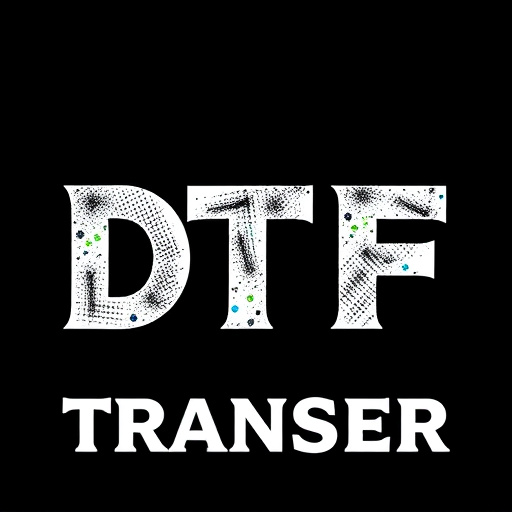
Adhesive direct-to-film (DTF) products have revolutionized printing on non-fabric surfaces, opening up a world of possibilities for various industries. Beyond their traditional use on textiles, DTF transfers excel in diverse applications where durability and precision are paramount. From automotive interiors to plastic toys, packaging, and even ceramic items, DTF prints offer a long-lasting, high-quality solution.
The versatility of DTF printing allows for intricate designs and vibrant colors to be achieved on surfaces like polycarbonate, ABS, PVC, and more. This makes it ideal for creating visually appealing products, especially in sectors like advertising, retail, and even entertainment. Whether adorning phone cases with eye-catching graphics or personalizing water bottles, DTF prints deliver a professional finish that captivates users.
The Process: How DTF Transfer Creates Long-Lasting, High-Quality Designs
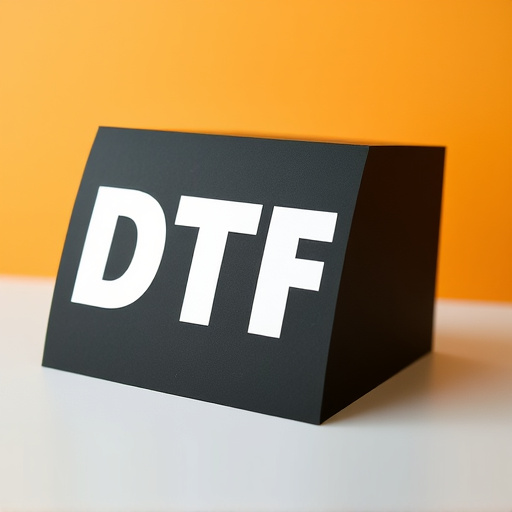
The Direct-to-Film (DTF) transfer process is a cutting-edge method that revolutionizes the way we apply designs to non-fabric surfaces. It involves printing the desired design directly onto a thin, flexible film, which is then precisely transferred onto various materials. This innovative technique ensures long-lasting, high-quality prints that are both vibrant and durable.
During DTF transfer, the printed film is carefully aligned with the target surface, often using specialized equipment. Heat and pressure are then applied to fuse the design onto the material, creating a seamless and permanent bond. The result is an exquisite finish, with precise detail reproduction and exceptional color accuracy, making DTF prints a sought-after choice for various applications, from signage and decorations to custom product labeling.
Choosing the Right Adhesive: Factors to Consider for Optimal Results
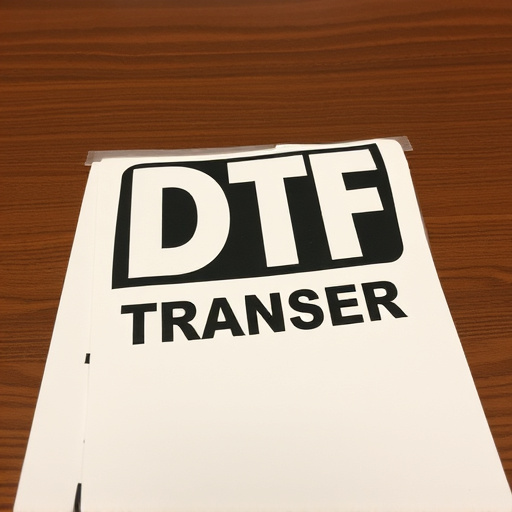
When selecting an adhesive for DTF (Direct-to-Film) transfers or printing, several key factors come into play to ensure optimal results. The first consideration is the surface type; different adhesives are formulated for specific materials like plastic, metal, or even glass, so choosing one compatible with your non-fabric surface is essential. The adhesive’s strength and durability are also critical, as it needs to bond firmly while withstanding environmental conditions and potential movement of the substrate.
Additionally, factors such as application method (spray, roll-on, or paste), cure time, and temperature requirements should align with your DTF transfer process. Fast-curing adhesives can speed up production, while those offering high-temperature resistance are ideal for heat-sensitive surfaces. Moreover, considering the print quality desired—from intricate details to vibrant colors—will help narrow down the adhesive choice, as some formulations enhance specific printing outcomes.
Best Practices and Troubleshooting Tips for Successful DTF Printing
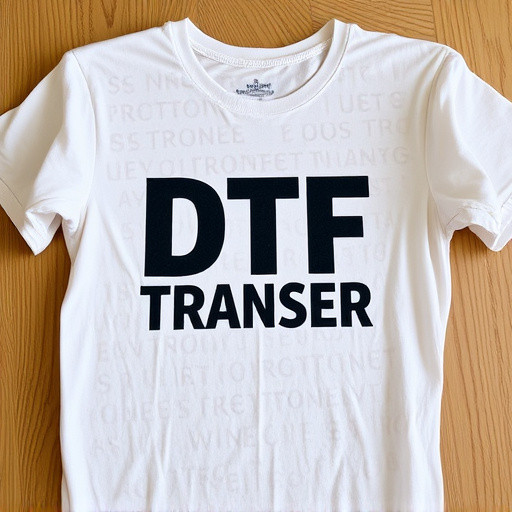
When working with adhesive direct-to-film (DTF) products for non-fabric surfaces, adhering to best practices ensures optimal results for your DTF prints. First and foremost, ensure your surface is clean and free of any debris or oils before application. Proper surface preparation is key; use appropriate cleaning agents and degreasers to achieve a smooth, tacky surface that promotes strong adhesion.
For precise DTF transfer, register your design accurately and align it carefully on the film. Utilize alignment tools and guidelines provided by the manufacturer for consistent positioning. During printing, maintain optimal temperature and pressure settings recommended for your specific DTF product to prevent smudging or curling of the film. Regularly clean your printing press and blades to avoid contamination, ensuring crisp and clear DTF prints every time.




